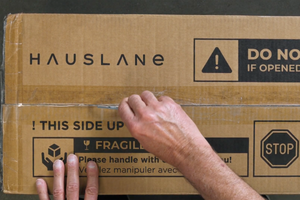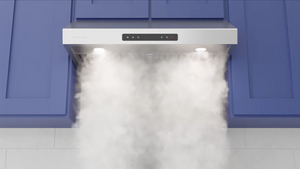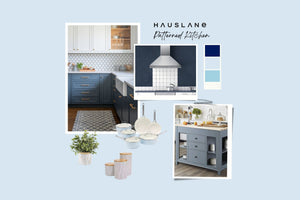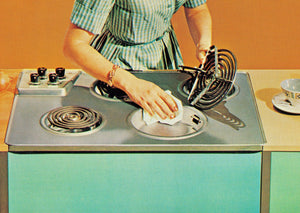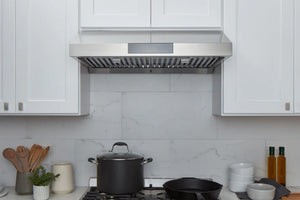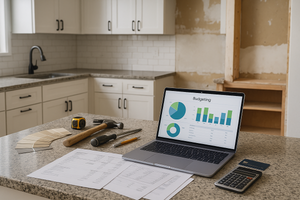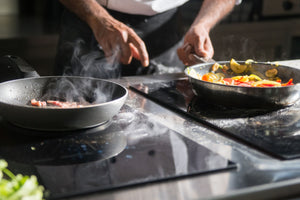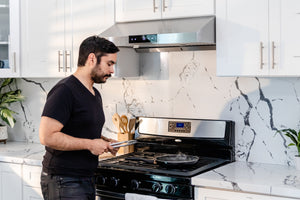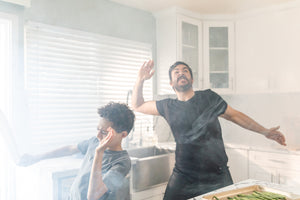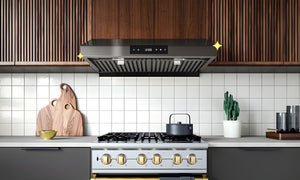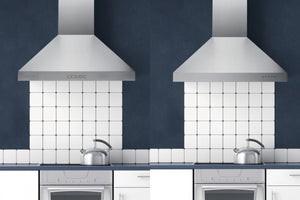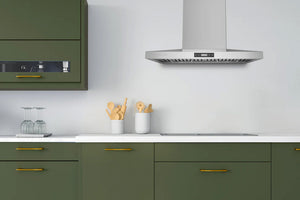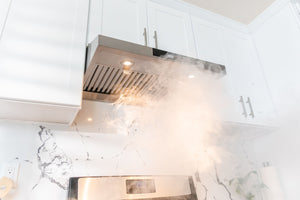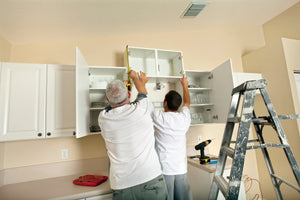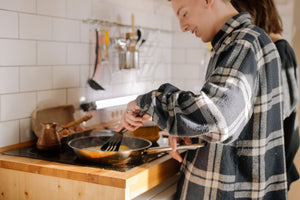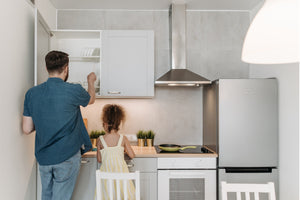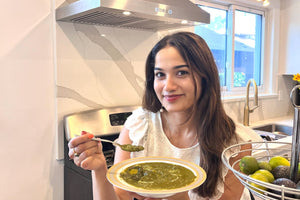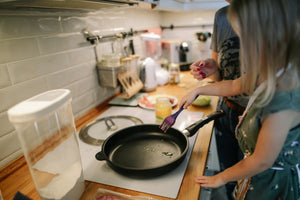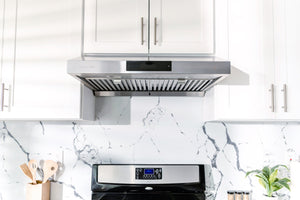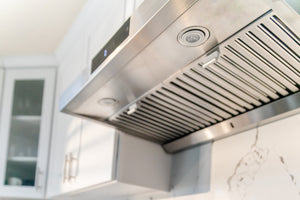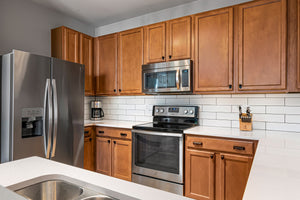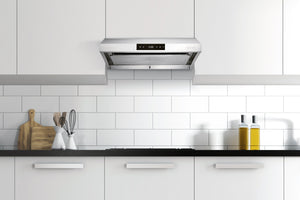TIPS & GUIDES
Cancer and Cooking Fumes
Understand the risks presented by improper ventilation, and learn how to protect yourself and your family.Seared steak, grilled eggplant, pan-fried tilapia—cooking brings out flavors that would be impossible to experience if we hadn’t perfected the art of turning up the heat. In fact, cooking played a major role in our evolution as a species, helping our early ancestors absorb nutrients more efficiently than they ever could by eating raw food.
Cooking has been with us for a long, long time, so it may surprise you to know that we’ve only recently come to learn about the dangers of spending too much time in an unventilated kitchen. Risks of breathing those fumes include runny noses, coughing, labored breathing, and yes, lung cancer—all caused by cooking fumes that haven’t been ventilated properly.
Does that mean you should give up cooking entirely and order takeout for the rest of your life? Of course not! Instead, you’ll want to understand your risks of cooking fumes and cancer, and how you can take measures to reduce them. That way you can continue to enjoy everything your kitchen has to offer, from tasty foods to lasting memories.

What’s in Those Cooking Fumes?
We’re going to get a bit technical here, so feel free to skim this section if you're not interested in the details. We do this because it’s important to lay the scientific foundation for these concerns.
Cooking fumes contain over 200 kinds of harmful gases, and they include two specific chemical compounds—polycyclic aromatic hydrocarbons (PAH’s) and aldehydes—both of which are known carcinogens.
How do we know this? Let’s start with a meta-analysis —a paper published in a scientific journal that assembled and analyzed multiple studies, amounting to data from 3,596 non-smoking women with lung cancer, and compared them to 6,082 healthy control subjects.
Meta-analysis: Oil Fume Exposure and Lung Cancer Among Chinese Non-smoking Women
As you probably know, smoking is the leading cause of lung cancer around the world. However, a certain number of non-smokers contract lung cancer each year, and exposure to cooking fumes in a non-ventilated environment has been cited as a risk factor.
According to the meta-study: “Cooking oil fume exposure as well as not using a kitchen ventilator when cooking was significantly associated with lung cancer among non-smoking women.”
World Health Organization (WHO) Statistics
The WHO considers cooking fumes so dangerous that it’s been dubbed “the killer in the kitchen.” According to the organization, some 3.8 million people have died prematurely from indoor air pollution caused by a lack of ventilation and “inefficient cooking practices.” Among those deaths, an estimated 8% was caused by lung cancer.
Reducing Risk with Proper Ventilation
All this information may seem distressing, but it’s important to remember a basic principle in toxicology: It’s the dose that makes the poison. In other words, anything can kill you in high enough quantities (from water to oxygen), while known toxins in small enough quantities can often pass right through you (like the myristicin oil found in a sprinkle of nutmeg, which can cause seizures and hallucinations).
With this in mind, one way to reduce your cooking fumes cancer risk (and other health risks) is to have a properly ventilated kitchen, and that starts with a high-quality range hood. Studies have found that a good range hood may reduce your risks of lung cancer by as much as 50%.
A range hood’s ability to remove toxic fumes from your kitchen is based on suction power, and the motors used in Hauslane range hoods approach or exceed those used in professional kitchens.
Ready to take the next step?
Find the perfect range hood for your kitchen, or shop today to reduce your risk of cancer caused by cooking fumes and start breathing easier.






